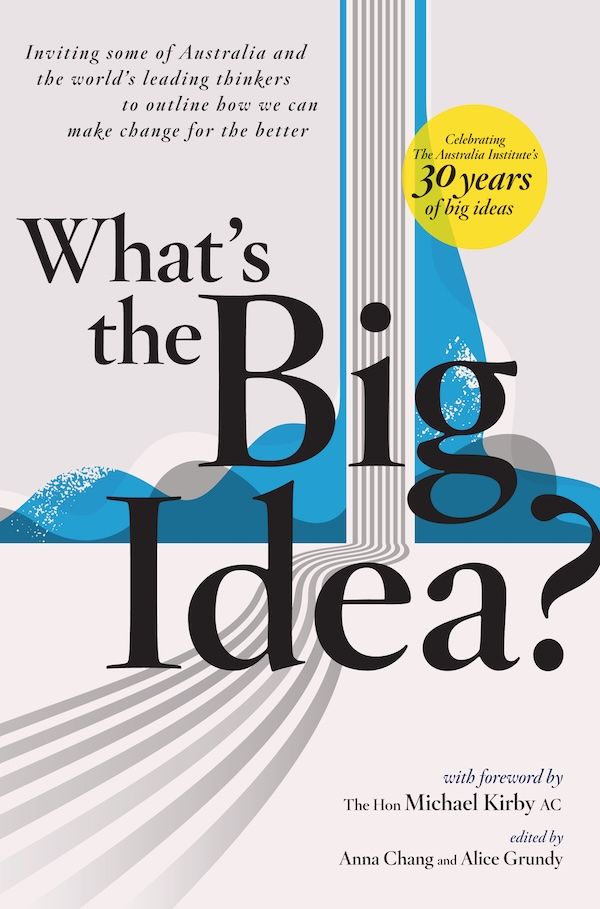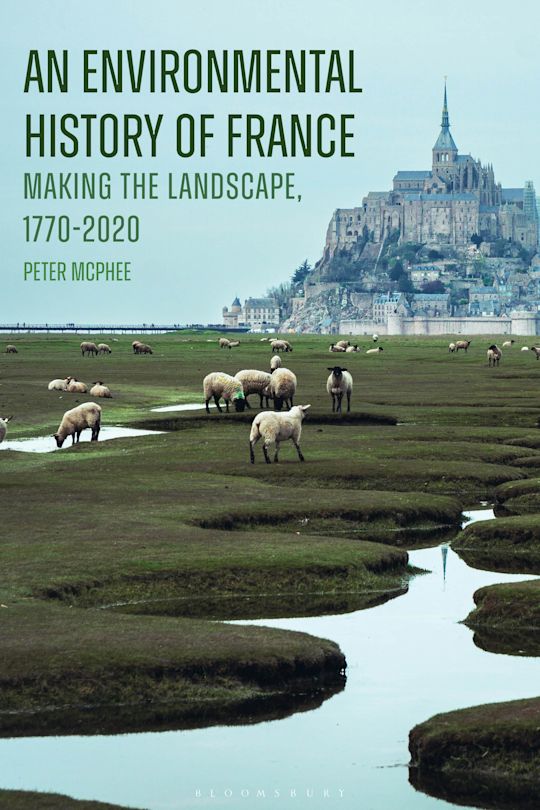Remembering Robert Hughes (1938–2012)
When Gore Vidal died a few weeks ago, his publisher issued a statement calling him the last survivor of a postwar crop of American literary giants. ‘It is hard to think of another … who cut as dashing and visible a figure in various public realms,’ said Vidal’s Doubleday editor, Gerald Howard. Less than a week later the obituary columns were taken over by just such another figure – except that Robert Hughes was an Australian. Malcolm Turnbull made a pronouncement on the floor of the Australian parliament: ‘This titan of arts and letters will never leave us.’
It seems, though, that the titans really are leaving us, and their legacy is already something that belongs to the cultural landscape of a former age. Those we call public intellectuals just don’t do things on that scale any more. One of the qualities Hughes and Vidal had in common was the capacity to give us the sense of an era, to command the vast sweep of knowledge that enabled them to present us with a panoramic view of the modernity that is our immediate past, and of earlier cultural vistas whose determinations and imaginings are still being played out in our own time. But knowledge is only one of the enabling factors. There is also the flair for organising it in compelling lines of narrative, for shifting the angle of vision so that we see more and see differently.
In the case of Hughes, this meant exploiting some hitherto unrealised dimensions in the medium of television, as the most influential form of public communication available to his generation. ‘What the box can do,’ Hughes put it bluntly, ‘is show things and tell.’ In his first major BBC series, The Shock of the New (1980), he pushed the boundaries of what the box could show, not through any self-conscious experiment, but through his personal genius for channelling the experimental drives of the modernists.
Era is his theme, and the dynamic tensions of an era are strung between beginning and end points where the most turbulent change occurs. As presenter, Hughes enters one highly charged scenario after another, binding them into a narrative arc that gives the viewer an impression of shared mastery. But Hughes has a way of being both inside and outside the lived realities of his subject, and through the course of his commentary on the throes of modernity, he himself undergoes a curious transition. His image on screen, with a mass of wavy hair falling rakishly across one eye and a dashing edge to his choice of suits and coats, crosses 1970s fashion with fin-de-siècle dandyism. It is a persona that belongs to the freedom wave of postwar counter-culture, therefore primed to identify with the avant-garde of previous generations. But his focus is always on the narrative arc, which must come to ground again with the inevitable overturning of values that attends the birth and death of an era. The coming era is one presaged by tendencies that he does not like, and whose emergent artists he regards as impostors.
In American Visions (1996), the second major series he made for television, Hughes has lost his air of jeunesse dorée and taken on the crusty manner of a thwarted sage. The world shouldn’t be like this. It is not good enough. And that judgement is largely about art: about levels of skill and intelligence, integrity of purpose, and the presence, or otherwise, of spirited originality. His commentary celebrates works of art that reflect the endeavours of founding fathers, puritans, explorers, civic leaders, and captains of industry, but the series moves through to a withering condemnation of the current crop of pseudo-visionaries. Warhol is no Duchamp; neo-expressionism excites investors whose enthusiasm is ‘gunk rolled into a sticky ball around Basquiat’s tiny talent’; Koons’s answer to the ready-made is an exhibition of silly knick-knacks. Hughes may have side-stepped a family tradition of going into the law, but in the art world he became a hanging judge, whose verdicts had a vindictive twist.
This incited some return condemnation, much of it just, though in the last analysis he himself is redeemed by a confession of uncertainty. He was a figure inside rather than outside the cultural frame, someone whose own experience included major trauma and a radical sense of displacement. His autobiography is entitled Things I Didn’t Know (2006).In a conversation with Andrew Denton following its release, Hughes told the story of his first encounter with a modern painting, as a schoolboy on a gallery visit. ‘That can’t be art,’ he says to the Jesuit priest who is escorting the class. And the reply comes: ‘Why don’t you tell me what art is?’ Hughes never claimed he found an answer, but he made the question burn.













Leave a comment
If you are an ABR subscriber, you will need to sign in to post a comment.
If you have forgotten your sign in details, or if you receive an error message when trying to submit your comment, please email your comment (and the name of the article to which it relates) to ABR Comments. We will review your comment and, subject to approval, we will post it under your name.
Please note that all comments must be approved by ABR and comply with our Terms & Conditions.